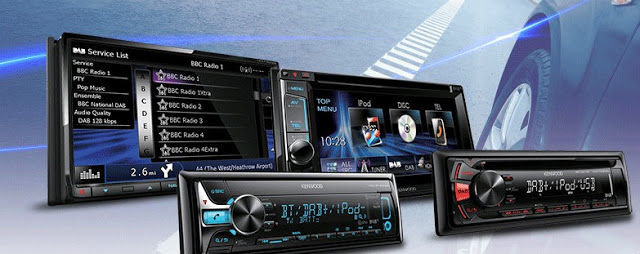With drivers becoming more and more concerned with both safety and their car driving experience, car manufacturers have been forced to come up with increasingly inventive ideas in order to keep their customers interested in their products.
While the overall design of the car has changed considerably over the last 100 years, the accomplishments in engineering and technology have been especially obvious, completely revolutionised the entire driving experience. It is hard to believe that there was a time when power steering, air bags and seat belts did not exist.
This article lists the top 5 innovations that have made the car what it is today – one of the finest examples of human ingenuity.
The Evolution of the Car Radio
The car radio has developed from a simple AM receiver, to (unbelievably) an in-car vinyl record player, to what it is today: a multimedia digital behemoth of design. The first car radios, developed by a number of manufacturers at the same time, were once not a standard feature in cars. Most people had to install their own devices that were unreliable and ineffective on uneven roads. It was not until the 1950s that car radios became a practical option when as the size was reduced and Ford developed a “seek” function to allow for automatic tuning.
Since then, car stereos have developed even further into digital pieces of hardware that rival home stereo systems. With touch screen graphics, superb sound quality, GPS and the ability to mirror smart phones, some look more like computers than audio systems.
Intermittent Wiper Blades
Wiper blades remained largely unchanged until the 1980s when Robert Kearns developed the first intermittent wiper system. Kearns spent 10 years of his life defending his invention against Ford, who stole is idea in 1982 and introduced it to all of their new models of cars.
Continuous wiper blades were dangerous in light rain conditions and made driving difficult for some people with poor sight. By creating intermittent movements, Kearns managed to create a system that could be used in all weather conditions. Since then, Citroen and other manufacturers have expanded on this by creating automatic intermittent wiper blades that can sense the amount of rainfall.
GPS Navigation
The Global Positioning System is comprised of 30 satellites in orbit around the Earth and was first developed by the US Department of Defense in 1973. Initially designed to be used solely by the military, the US government decided to open up the technology to civilians after a US plane was shot down after straying into USSR airspace. The increasingly affordable navigations technologies developed by the military lead to the development of in-car satellite navigation devices, which have become a staple feature in automobiles.
Power Steering
Even the most modern car, with a carbon fibre bodywork and lightweight chassis, would be difficult to drive were it not for the power steering system. Power steering was actually invented in the 1880’s, long before owning commercial vehicles became the norm. But it was the Second World War that really sparked the steering revolution as the tanks and 4×4’s were too heavy to manoeuvre at low speeds.
There are three types of power steering: hydraulic, pneumatic, and electrical. All three are still in use today, but car manufacturers are increasingly adopting electrical steering technology.
Air Conditioning
Early air conditioning systems were cumbersome and expensive. They were inefficient largely because of the vast amount of copper pipe work they required to operate. The Chrysler Airtemp became the first affordable way to regulate the temperature of the inside a car in the 1950s. By the 1970s, 54% of cars produced in the USA had air conditioning.


